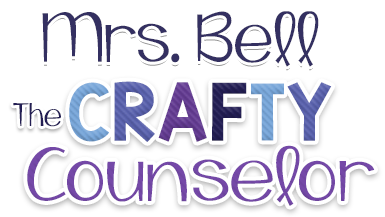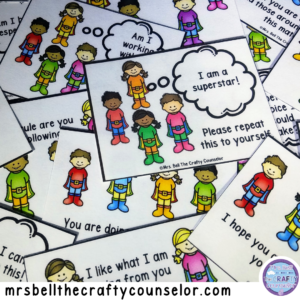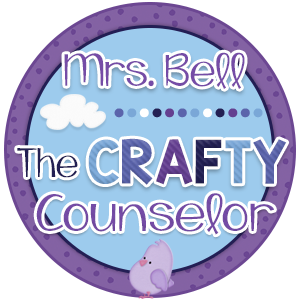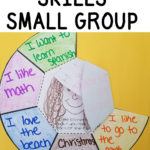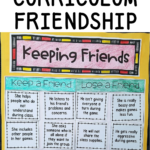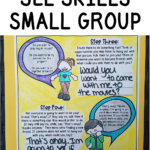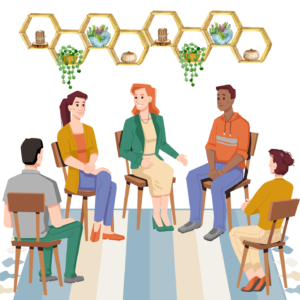
Friendship Skills and SEL Needs Addressed by Small Group Curriculums
Without being taught friendship skills and the needed SEL skills for friendship, it can be really tough for a child to have the confidence to try to make a new friend. Many children are unsure about themselves and could benefit from friendship lesson plans.
Some children are without friends simply because they lack the social skills to approach friendship. To help tackle that issue, I designed this interactive book all about friendship and the related SEL skills to help students learn how to make new friends in a stress-free manner.
Breaking the skills apart and learning how to approach friendship piece by piece allows kids to slowly build confidence and feel better about trying to befriend other kids. This small group curriculum is packed with ten weeks worth of interactive activities, including session outlines, objectives, and all necessary materials.
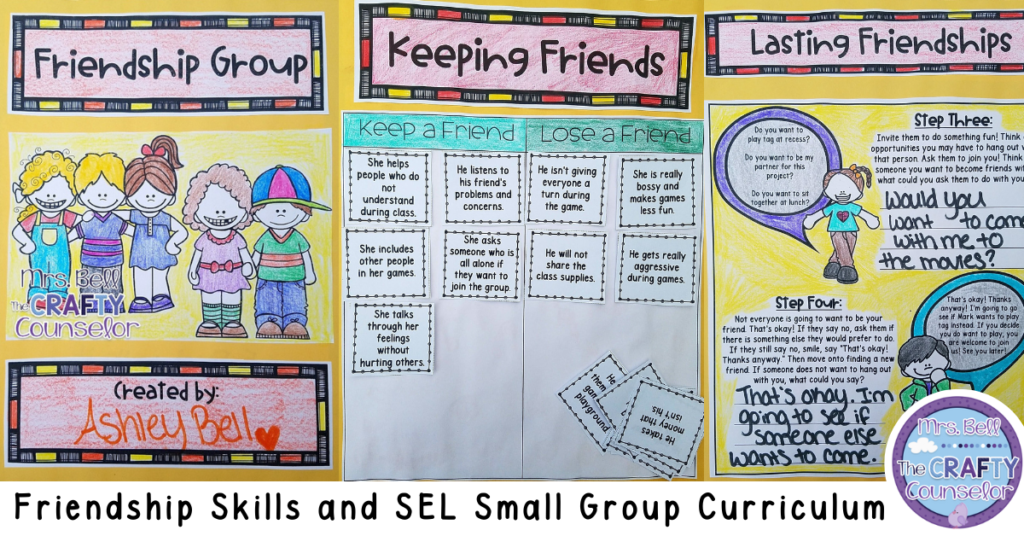
This small group targets the specific skills and ideas of:
- Components of good friendships
- How to be a good friend
- How to identify a good friend
- How to make a friend
- How to keep a friend
- How to deal with friendship rejection
Students learn these skills while having fun cutting, coloring, gluing, and interacting with other group members. Students learn as many friendship skills from their interactions with others during this small group as they do from the actual lessons.
Session One – Introduction Activities
In session one, we get to know each other a bit better and break the ice as we build comfort among group members. We create the cover of our interactive books, discuss and create group norms, and get to know one another with a fun activity.
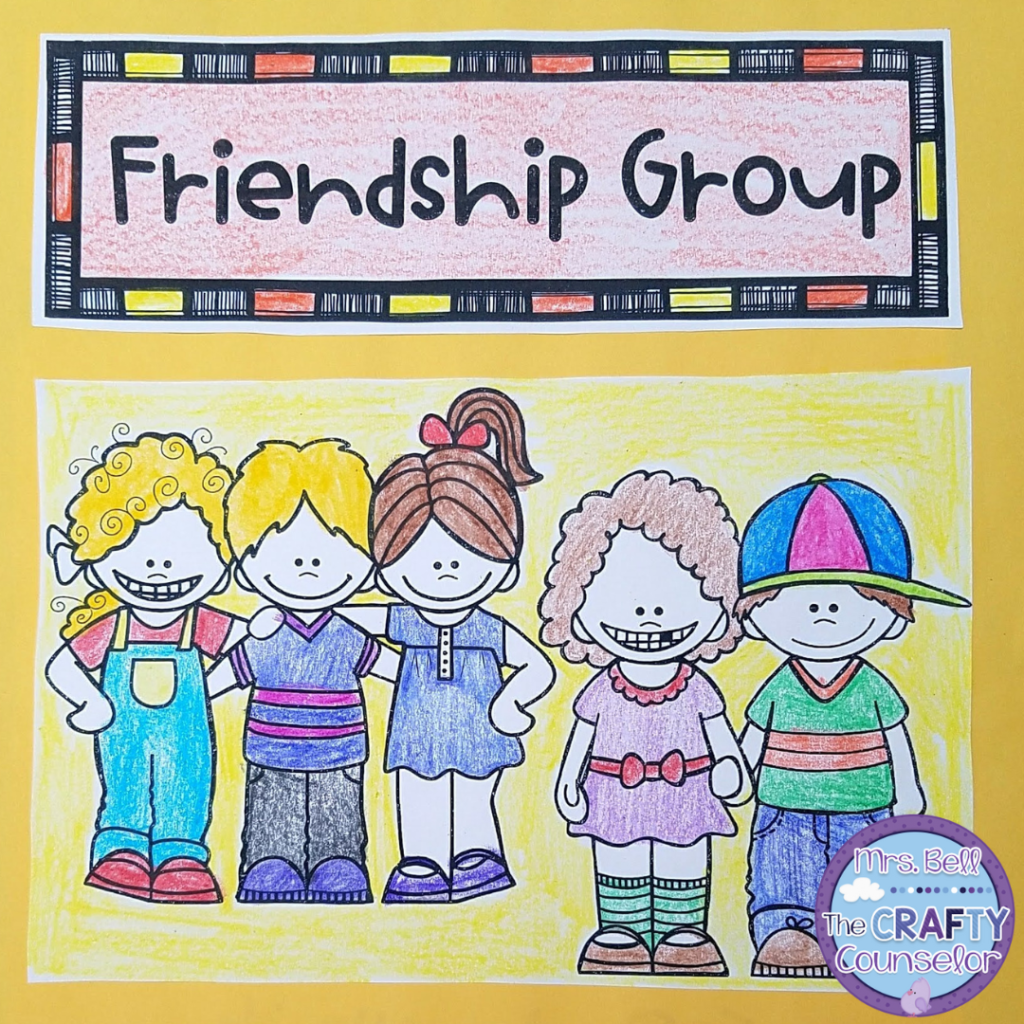
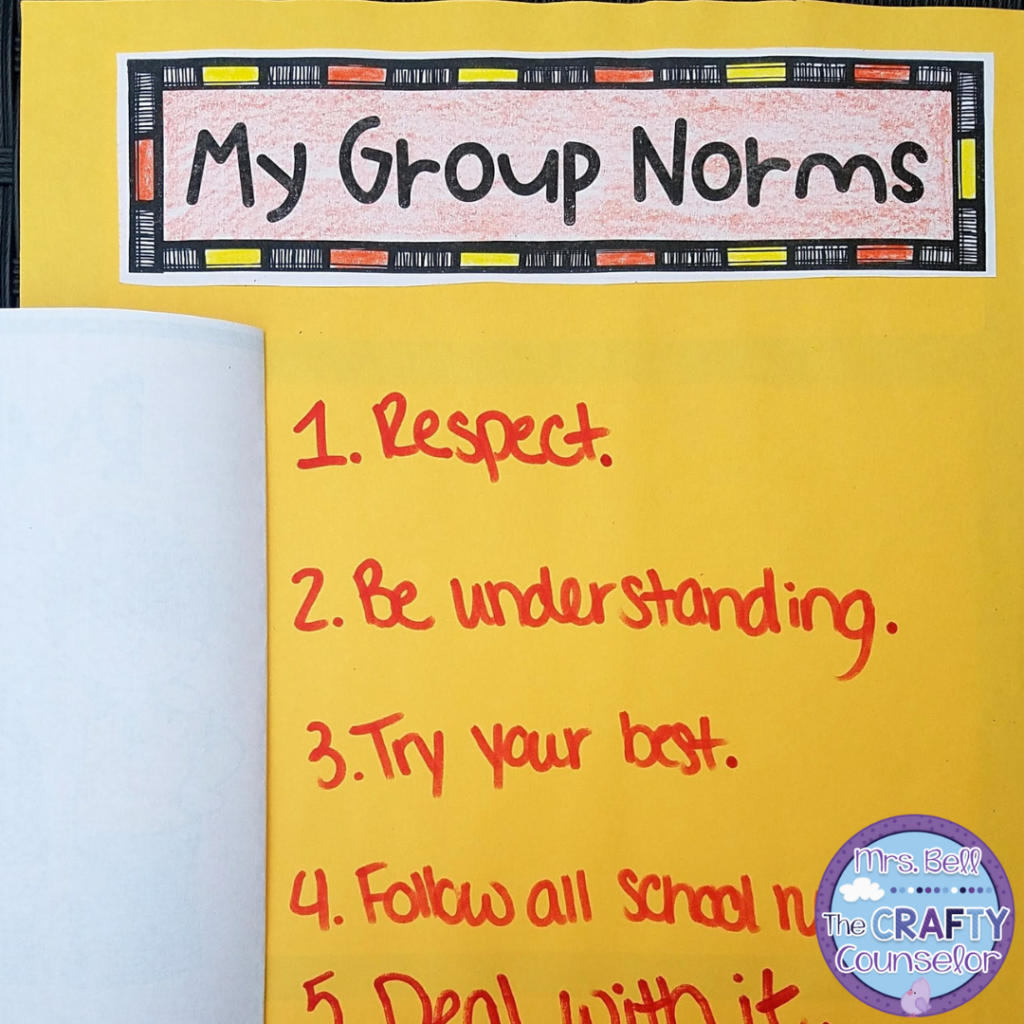
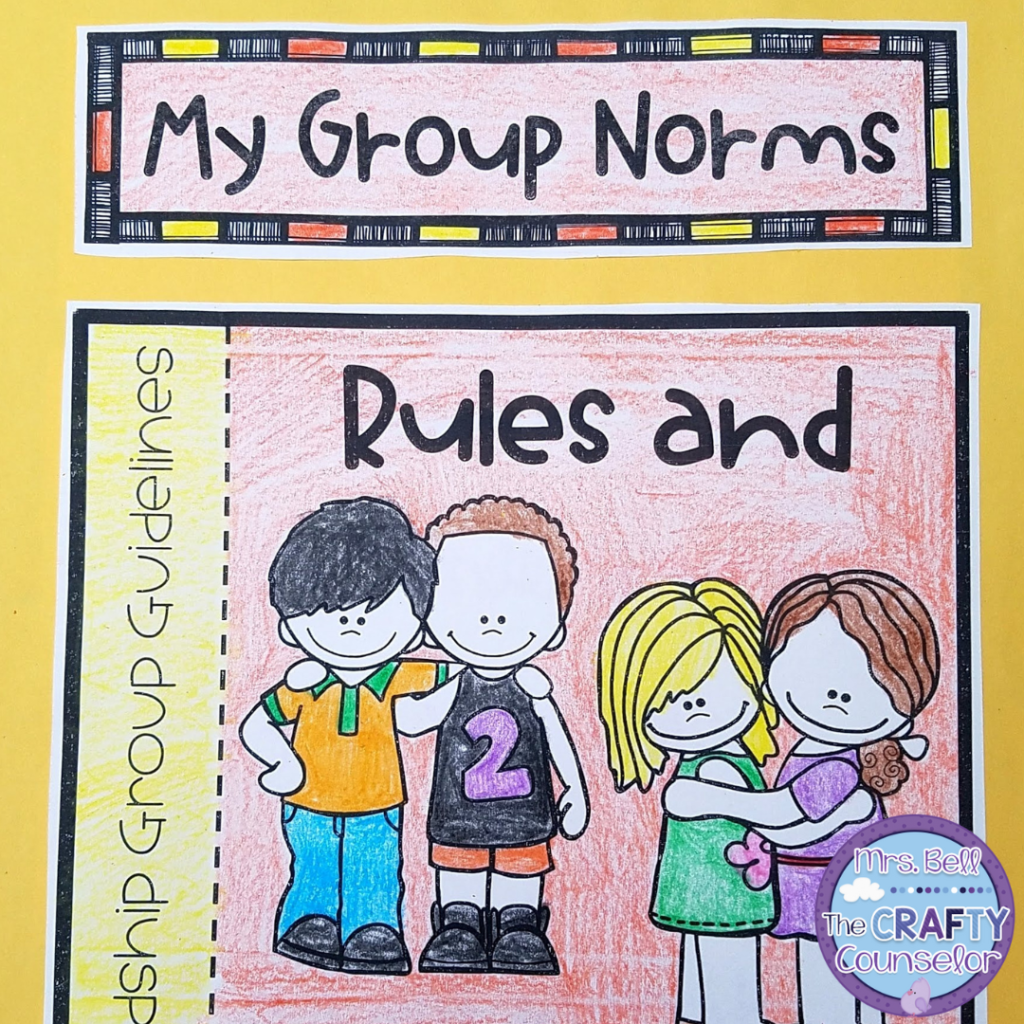

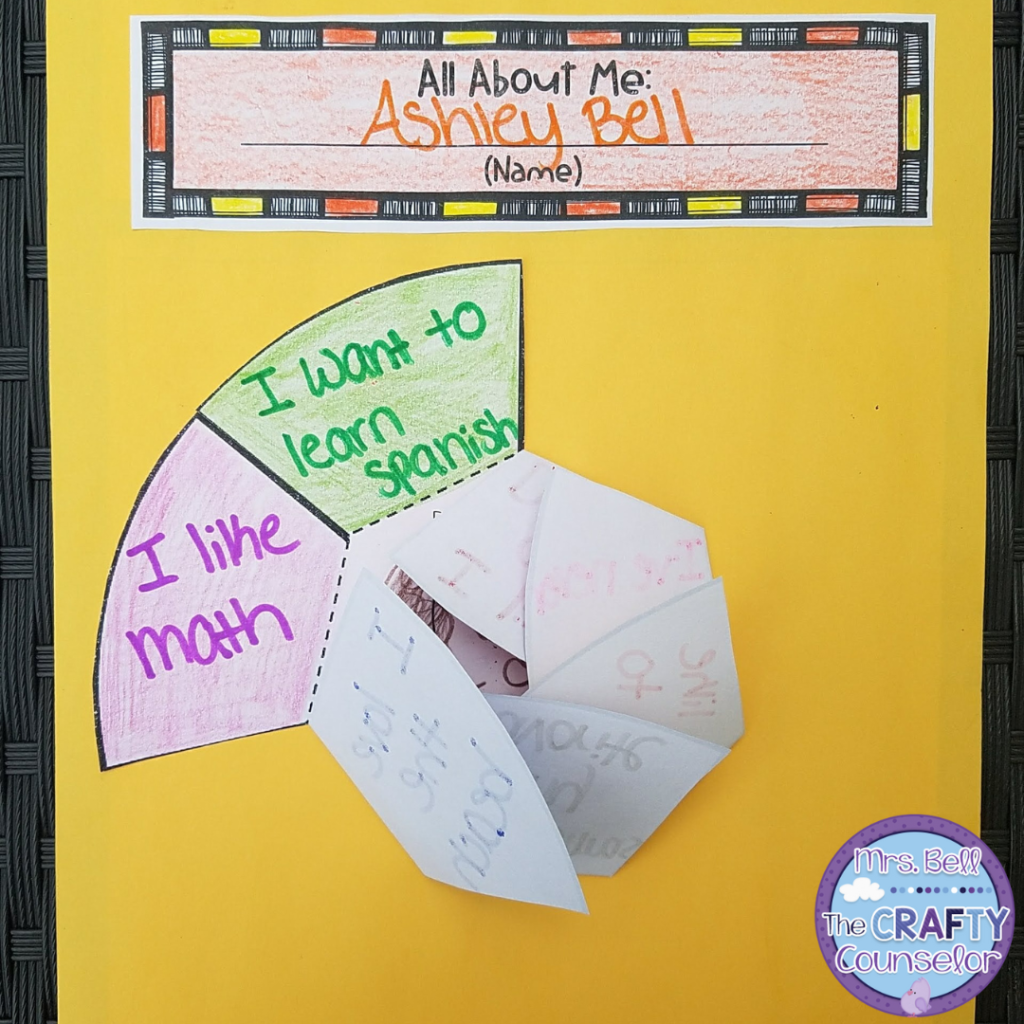
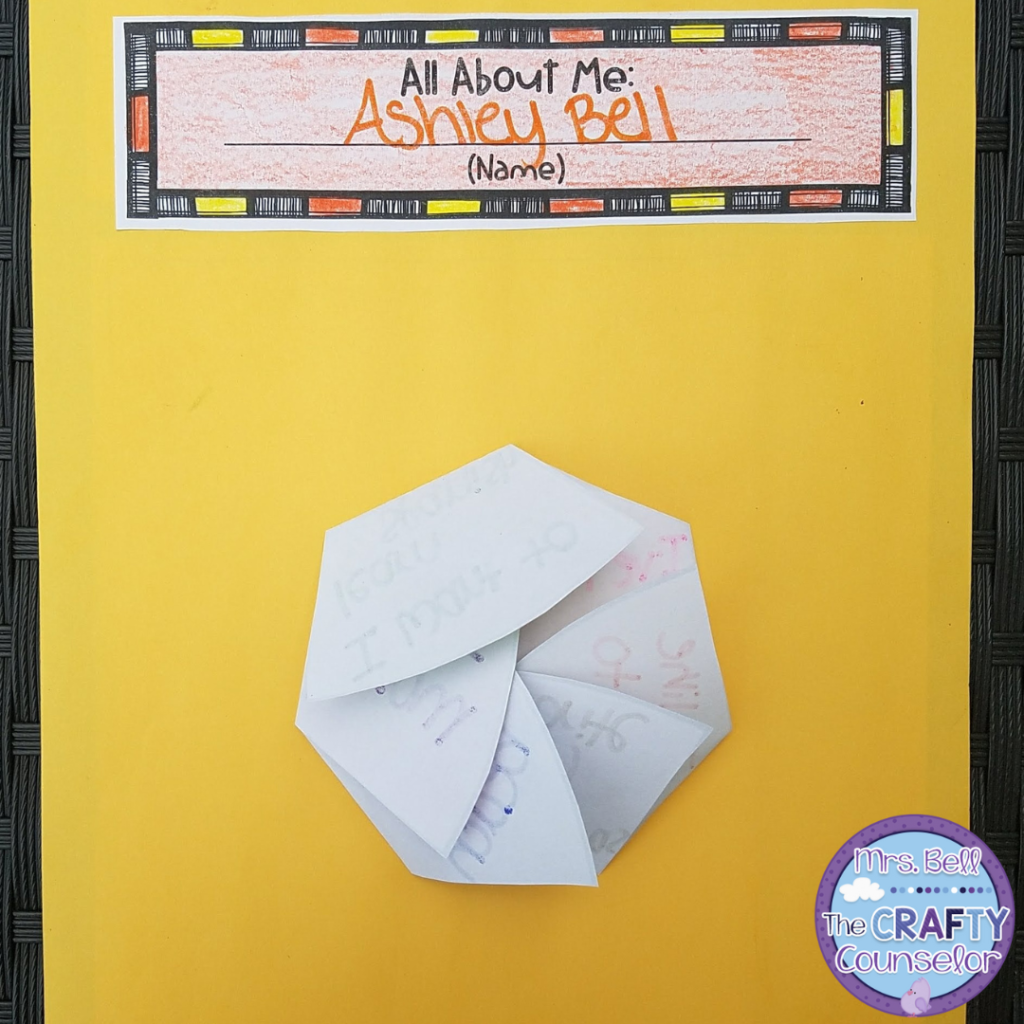
Session Two – What is a Good Friend?
In session two, we talk about what we think it means to be a good friend.
As part of this lesson, kids color codewords based on if they think the words describe the qualities of a good friend. Students color the qualities of a good friend any color they desire. They black out words that do not describe a good friend.
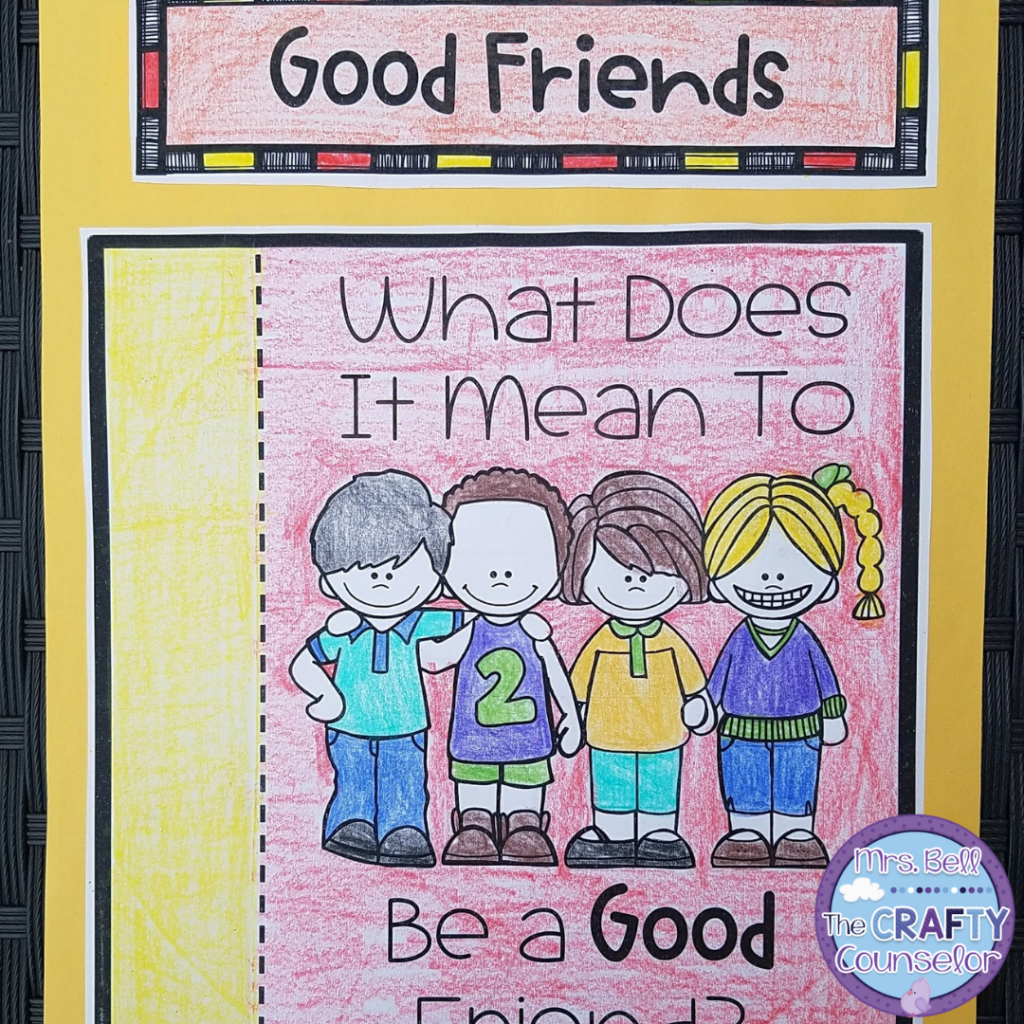
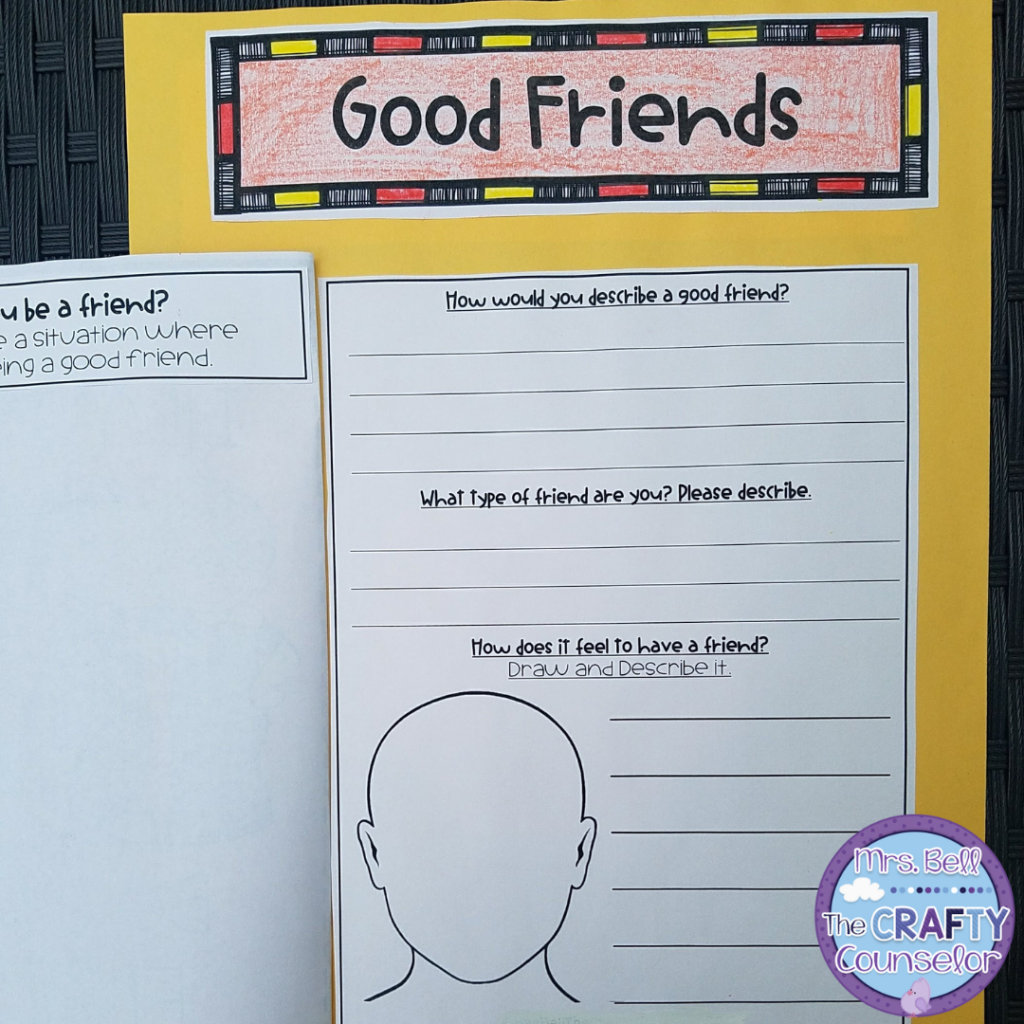
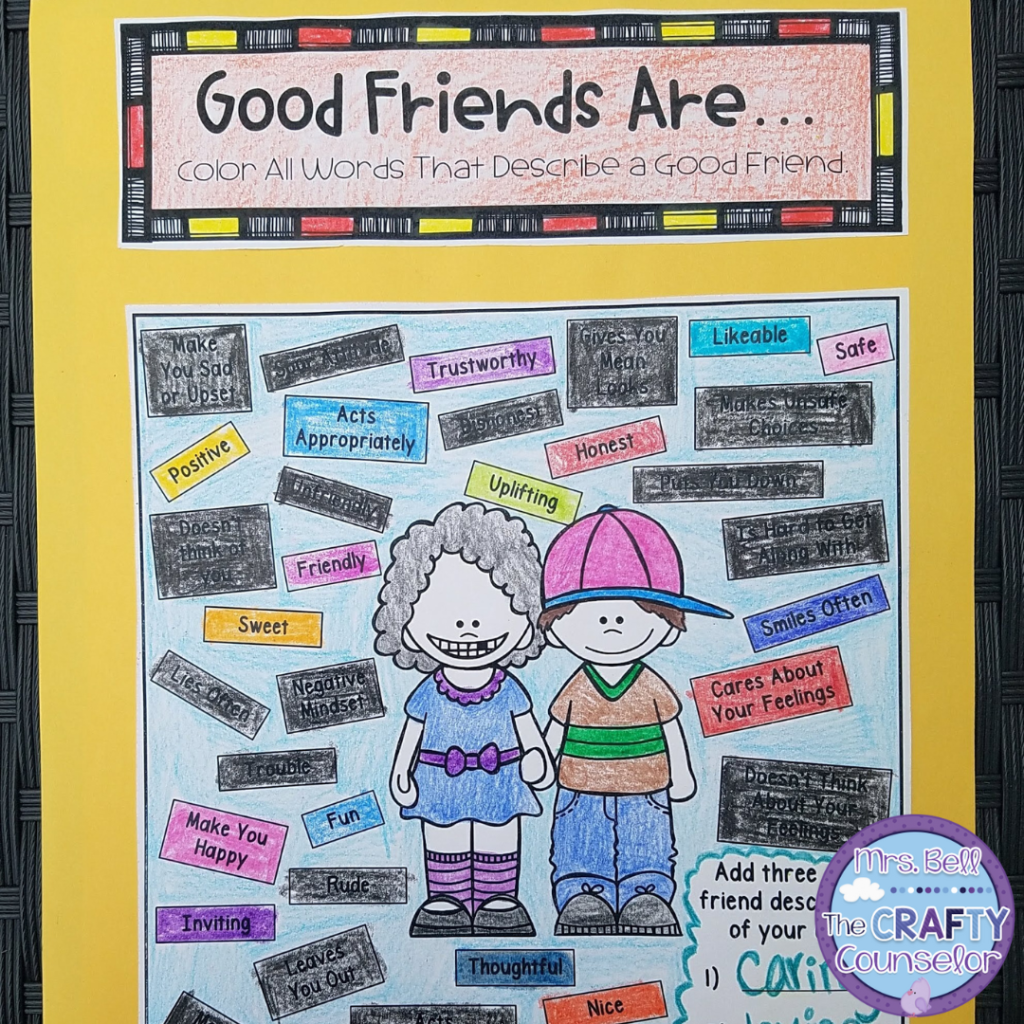
Session Three – Keys to Healthy Friendships
Session three has kids further expand on the qualities of good friends. Students dive deeper into the concepts as they sort out the “keys to healthy friendships.” During this activity, they learn the keys to being a good friend.
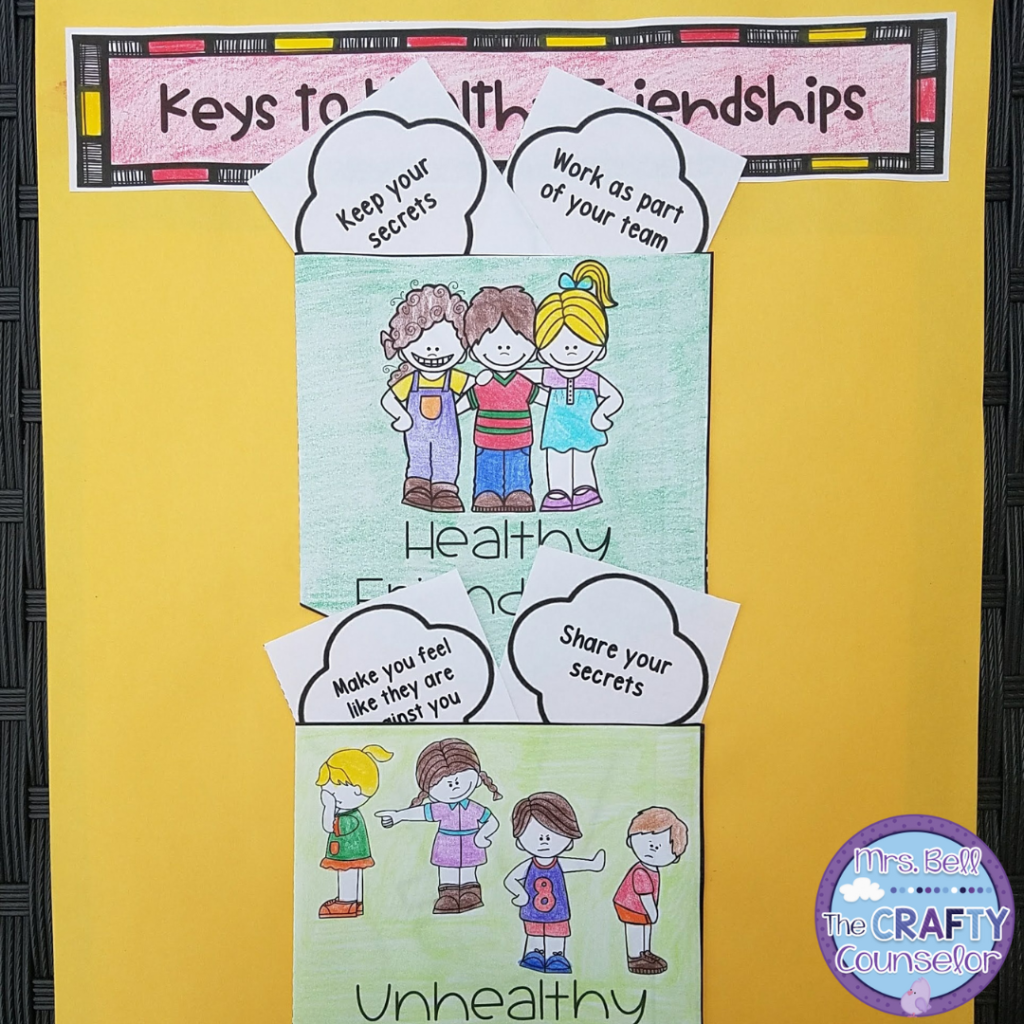
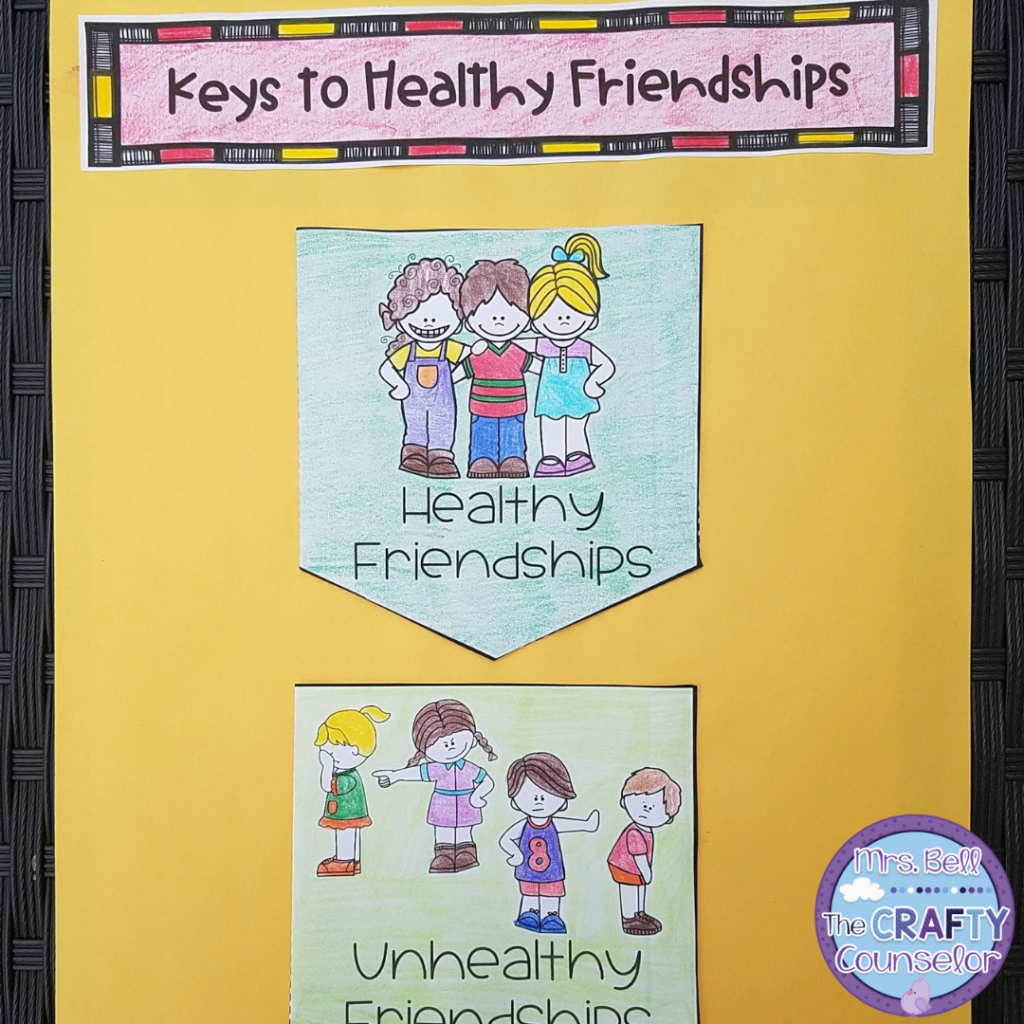
Session Four – Wanted: Friendship
In session four, students describe how others would know they are looking for a new friend. Group members think more deeply about body language and the messages people send without using words.
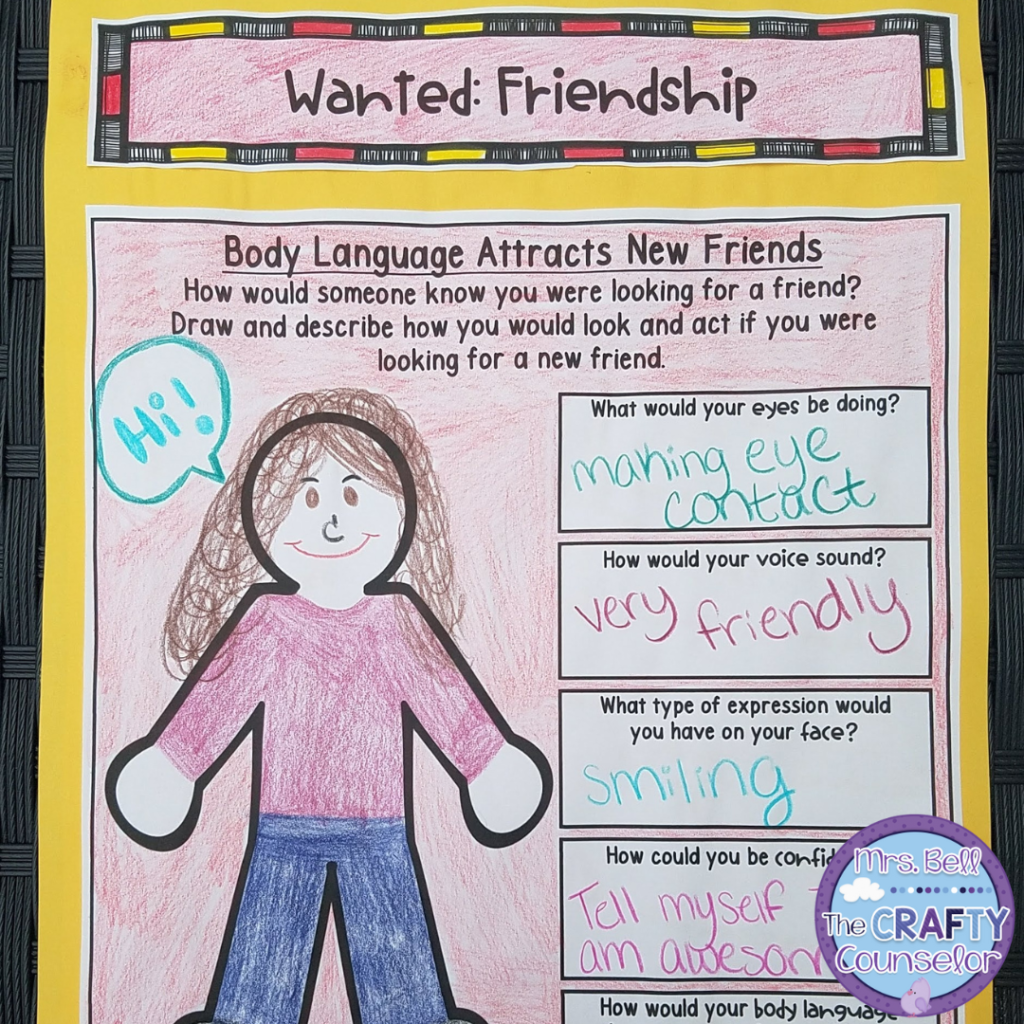
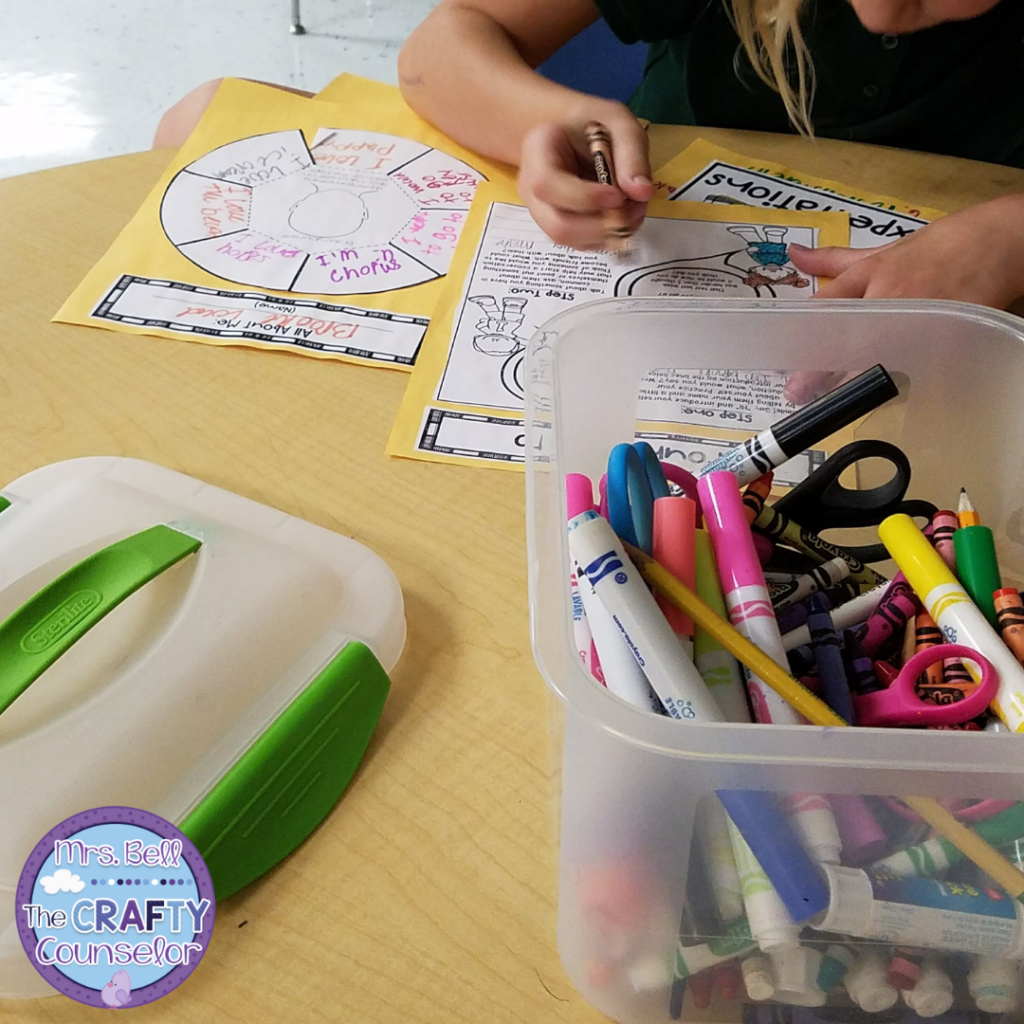
Session Five – How to Make a Good Friend
In session five, group members learn the steps to making a friend. This is my favorite session because it allows kids to think about what they may do when trying to make a friend.
Students get to roleplay and discuss their plans with others in the group, further developing the social skills needed to talk with other children and clearly express their ideas.
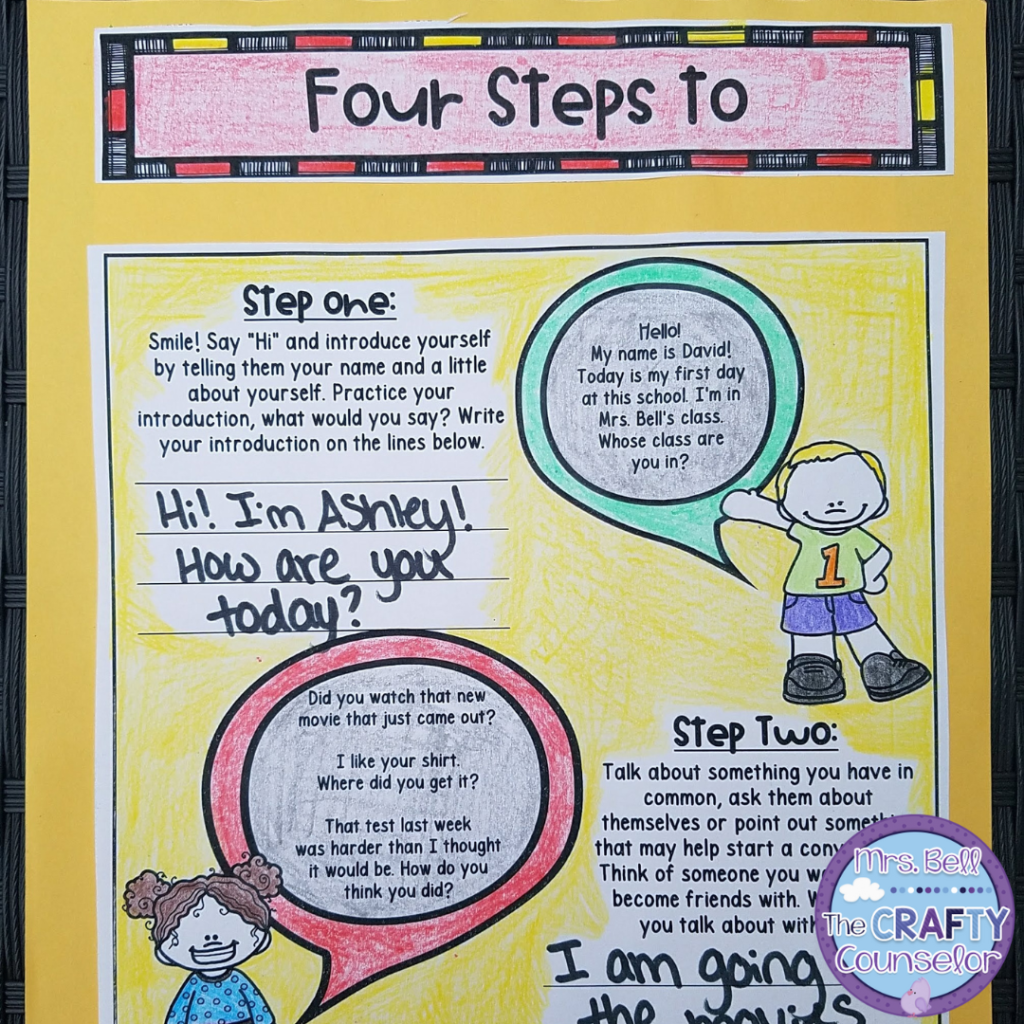
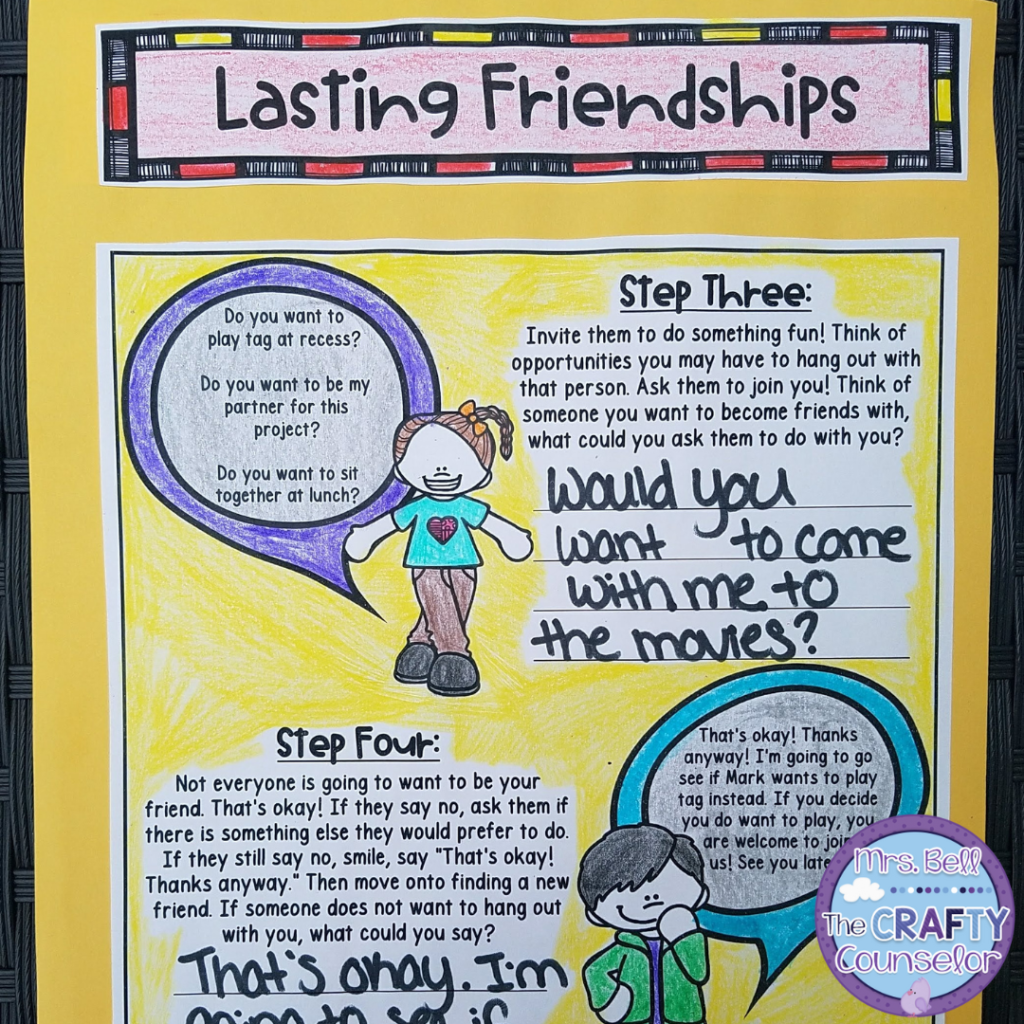
Session Six – Keep or Lose a Friend
Session six helps kids to think about actions that would allow them to keep a friend and actions that would cause them to lose a friend. This session allows kids to be introspective and think about their own actions that may be driving friends away.
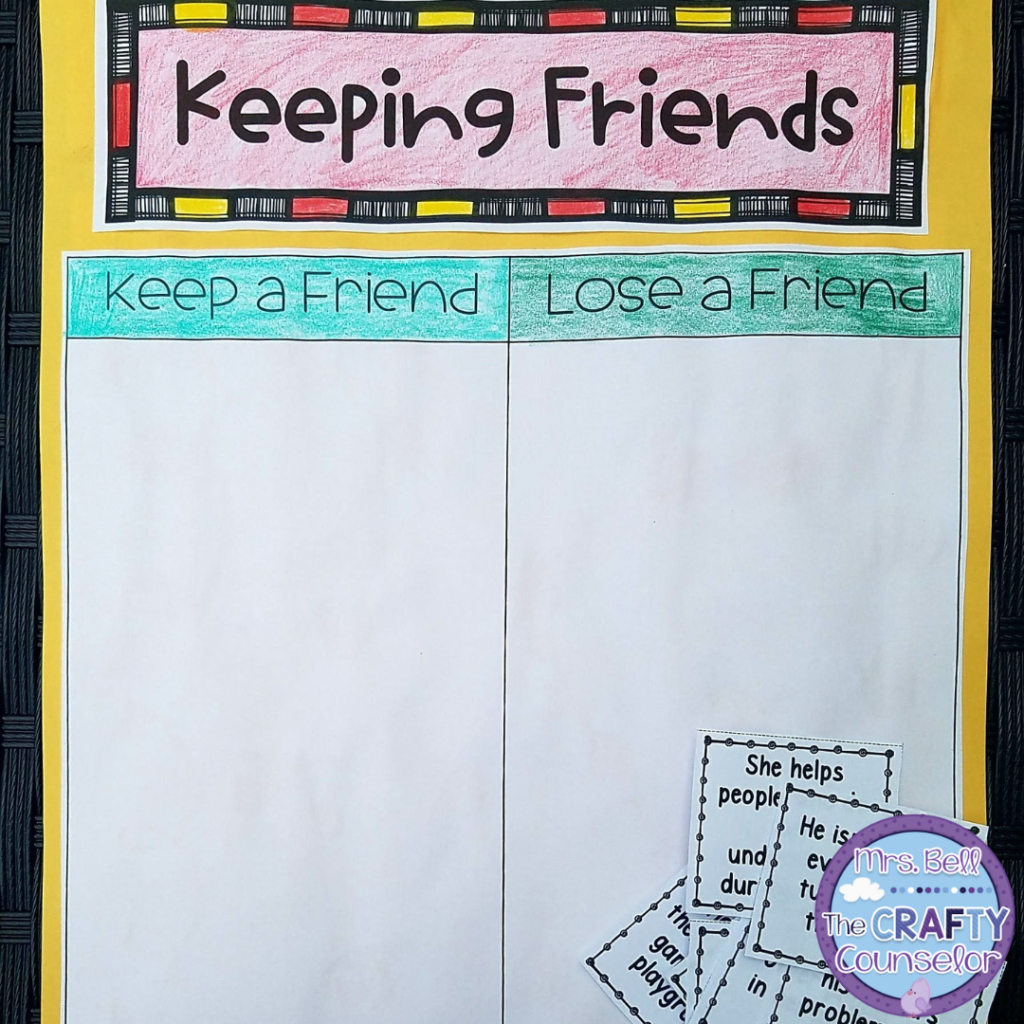
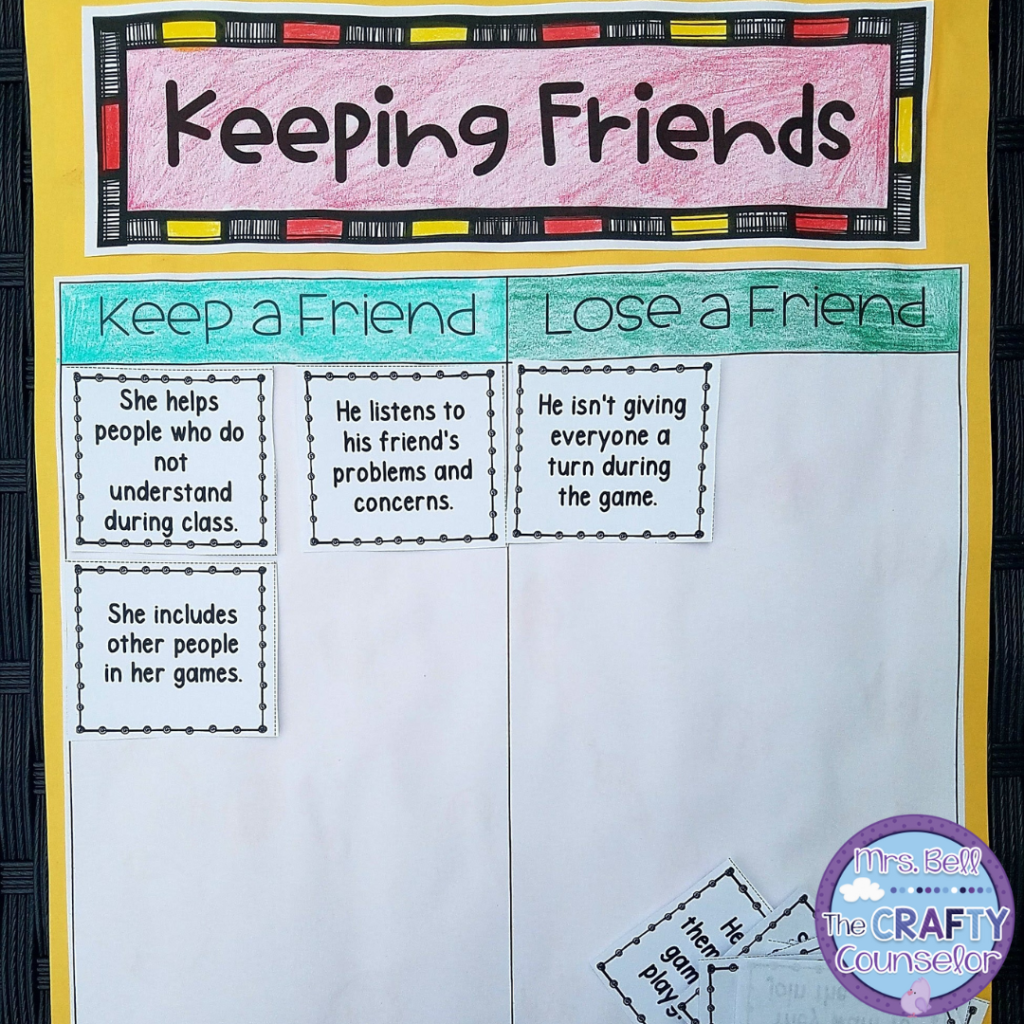
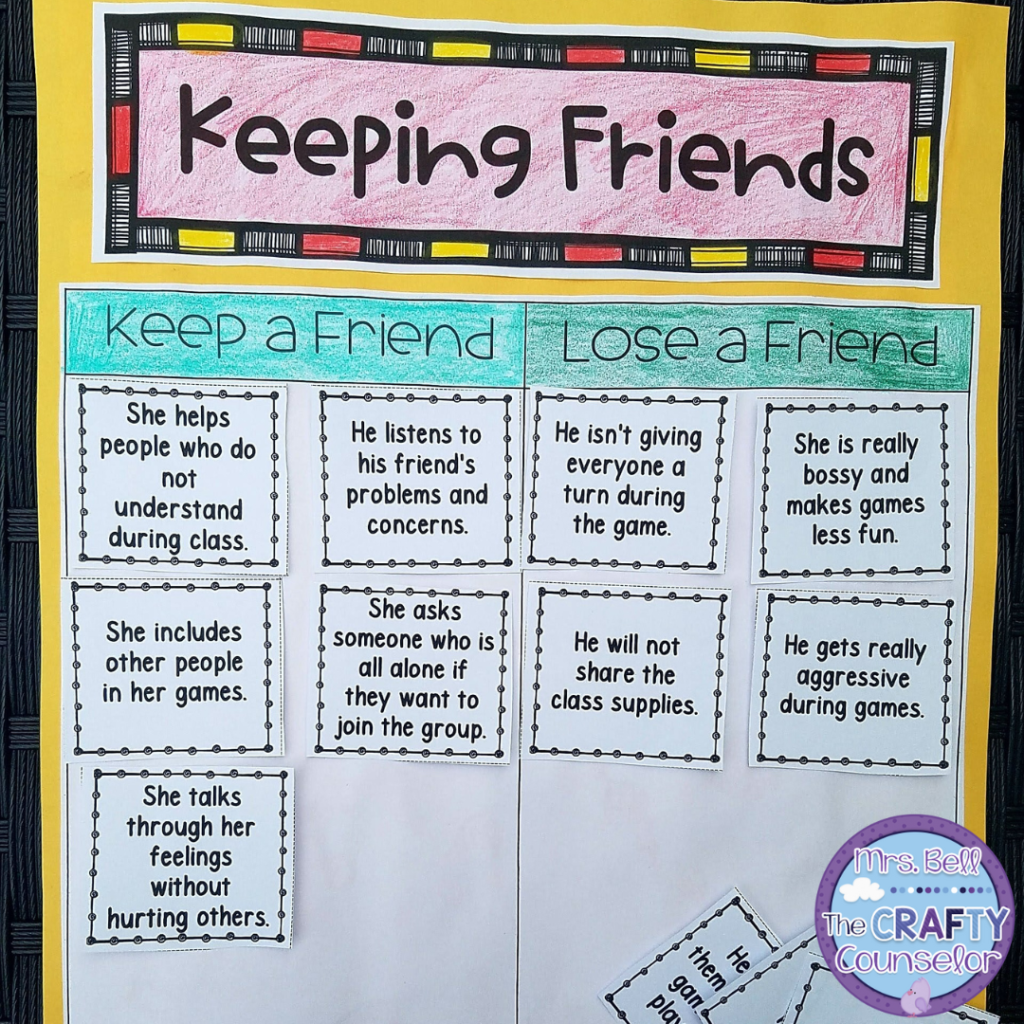
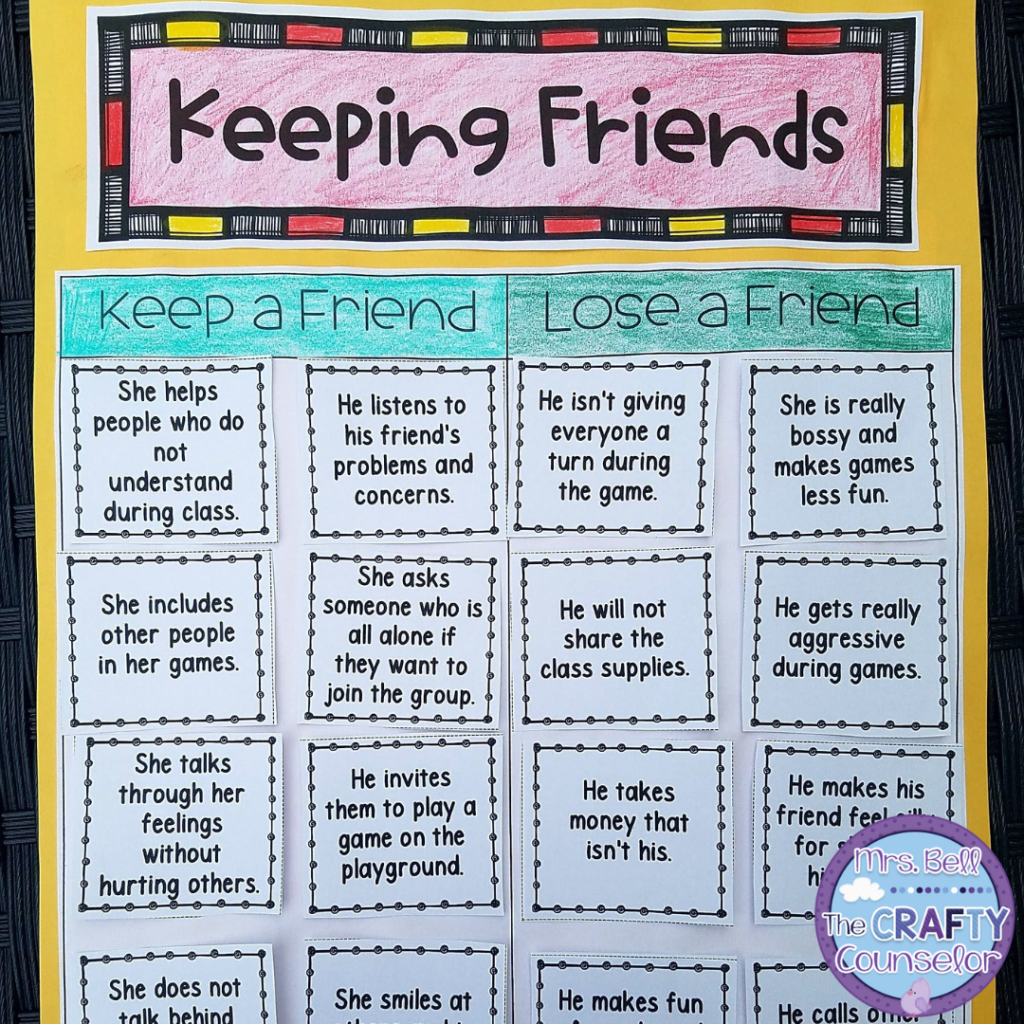
Session Seven – Roleplaying Friendships
This session allows for roleplaying and open discussion. It’s amazing to see students practice their new skills. With the guidance and protection provided by the group, most students are willing to engage and dive deeply into this activity, practicing situations they normally would not allow themselves to engage with.
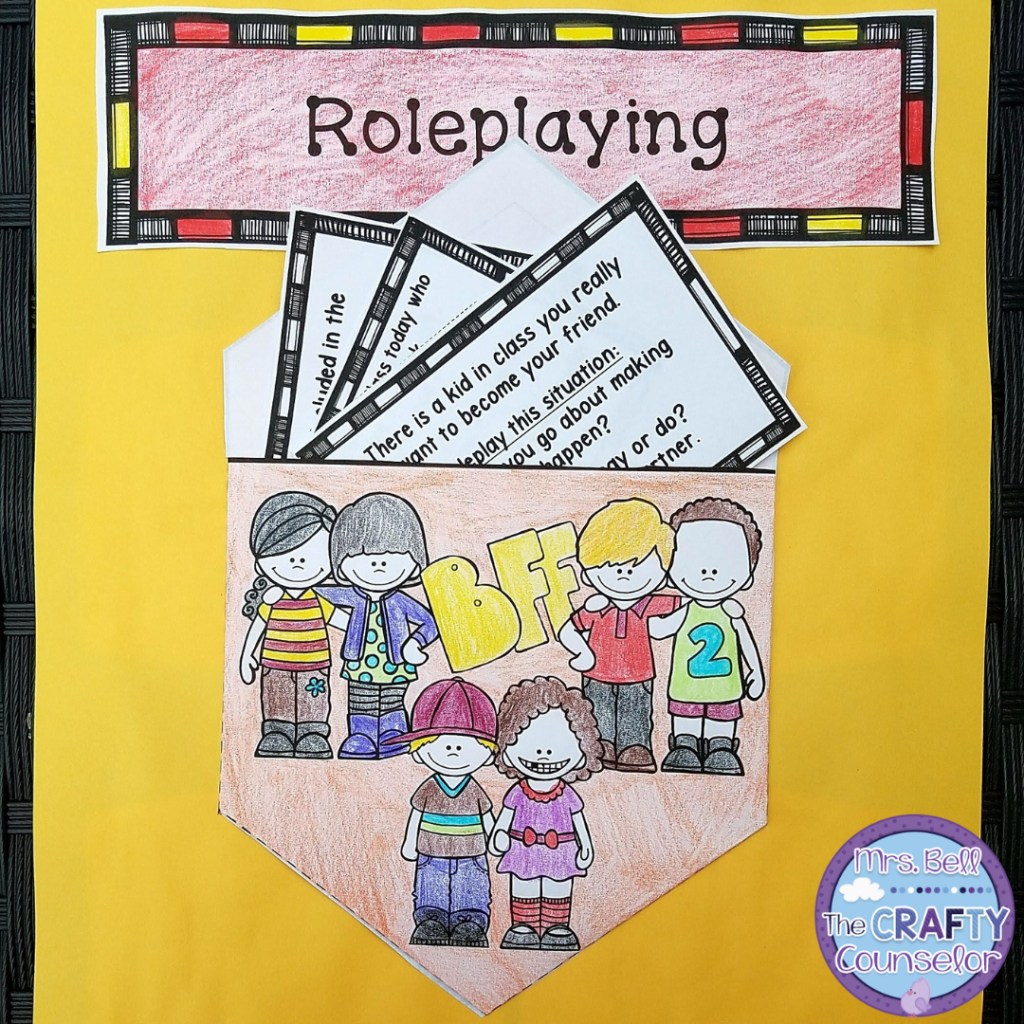
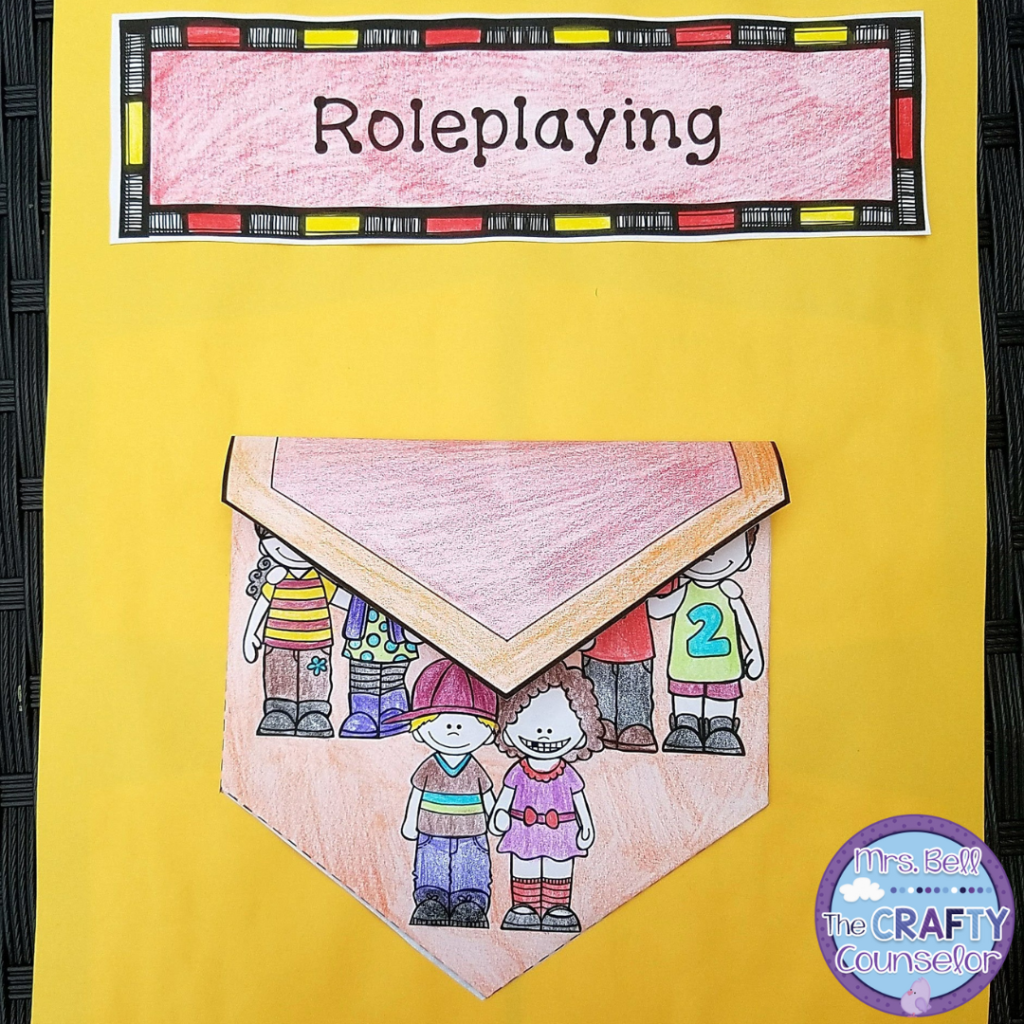
Session Eight: How to Deal with Rejection
Session eight is super important, but the skill learned is not fun. It is all about how to deal with rejection. Kids can get uncomfortable about this part because no one likes to be rejected.
In life, not everyone is going to like you. Sometimes, no matter how hard you try, there will be people who do not want to be your friend. Children need to learn the skills to handle rejection because, unfortunately, rejection is also a part of life.
It can make kids a bit sad, but it is an important life lesson to learn.
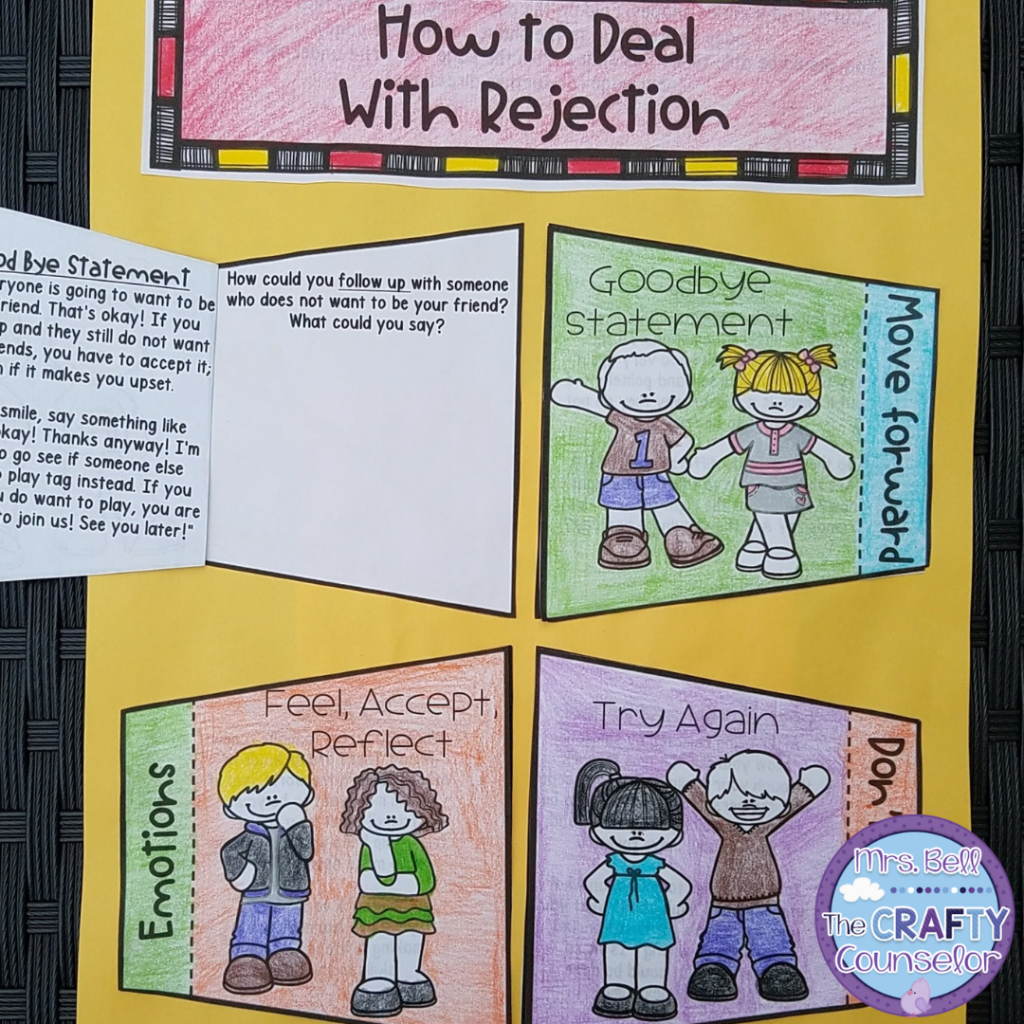
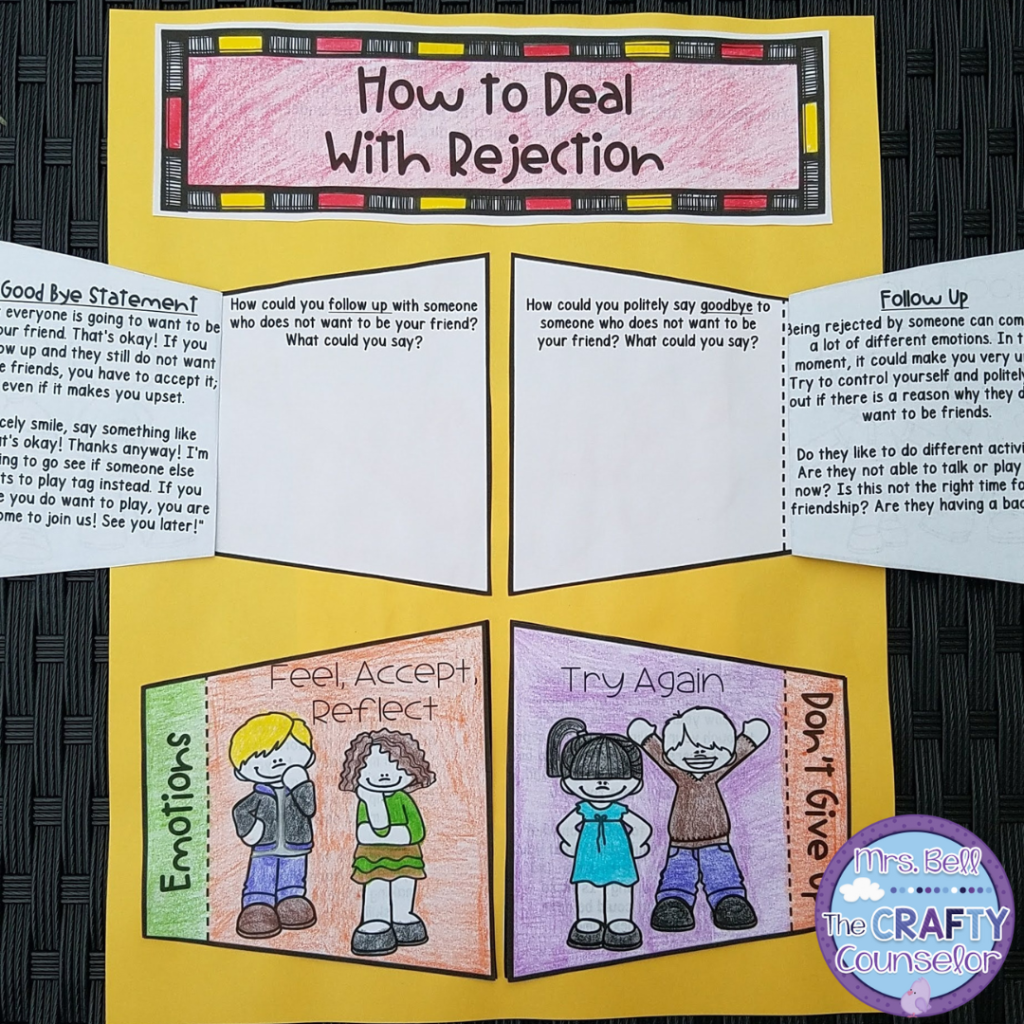
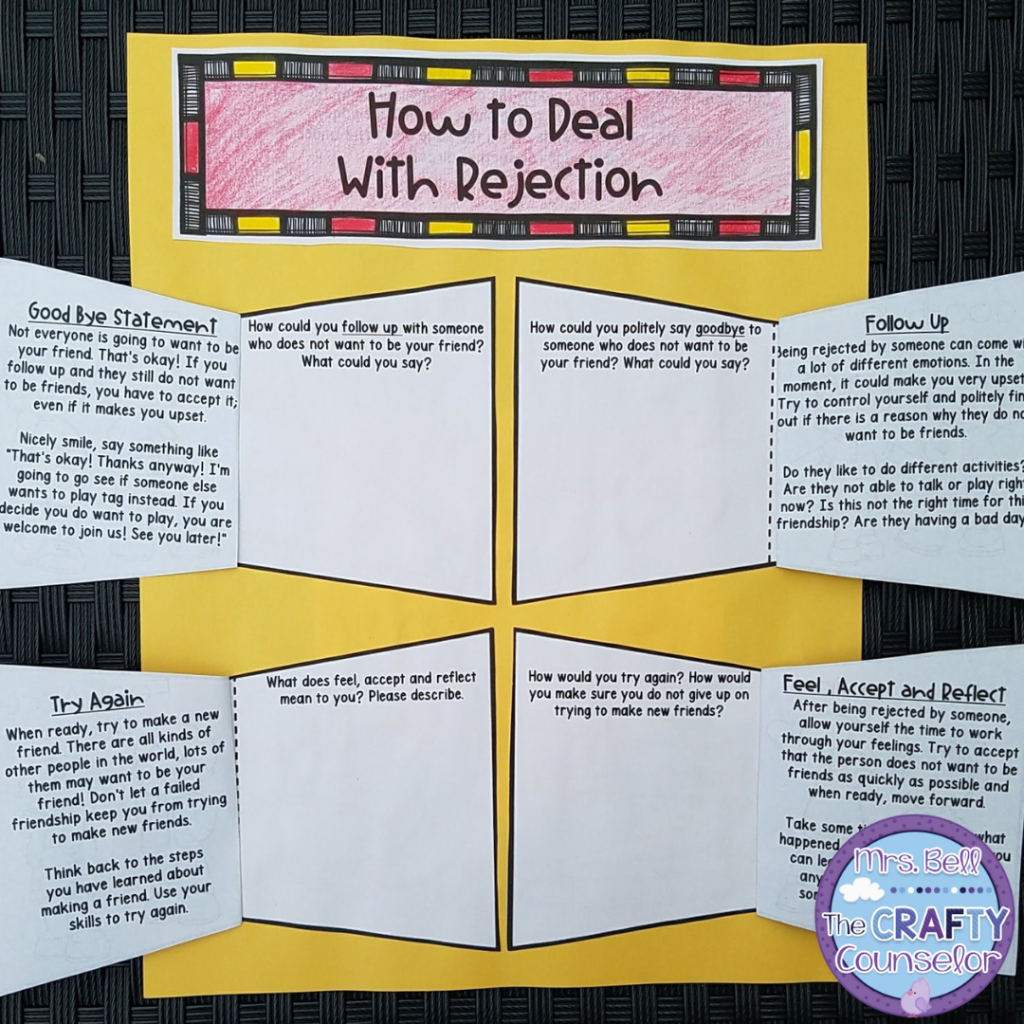
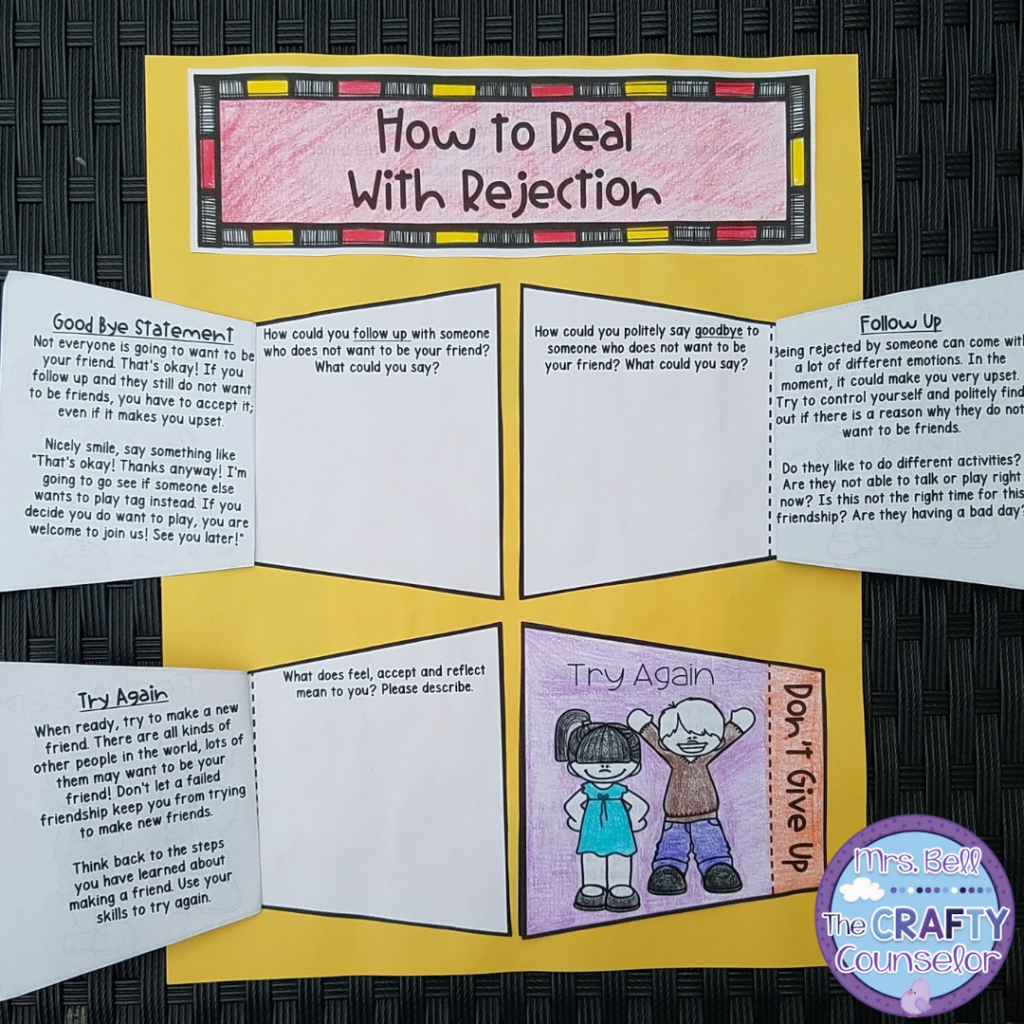
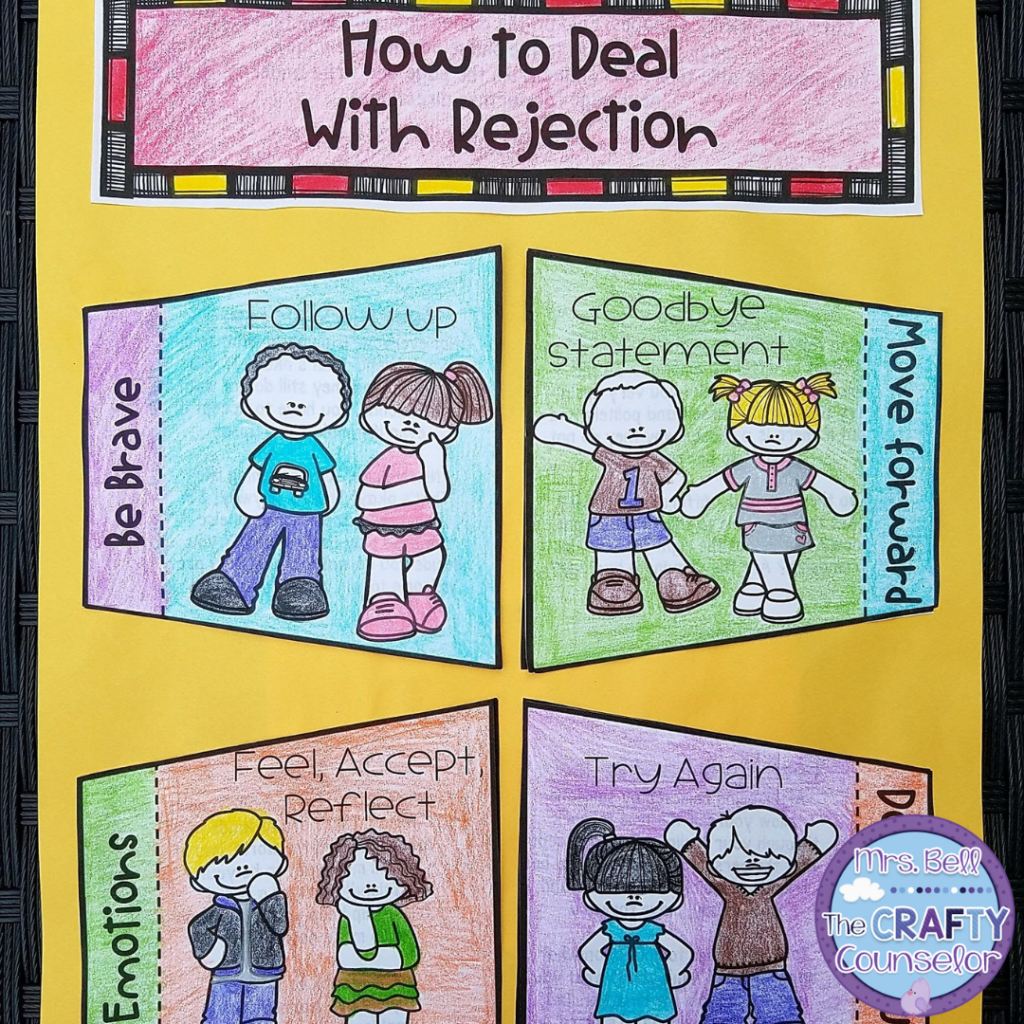
Session Nine – Letter Writing Activity
Session nine allows kids to write letters to their ideal friends and to themselves. This lesson helps solidify understanding in what it means to be a good friend.
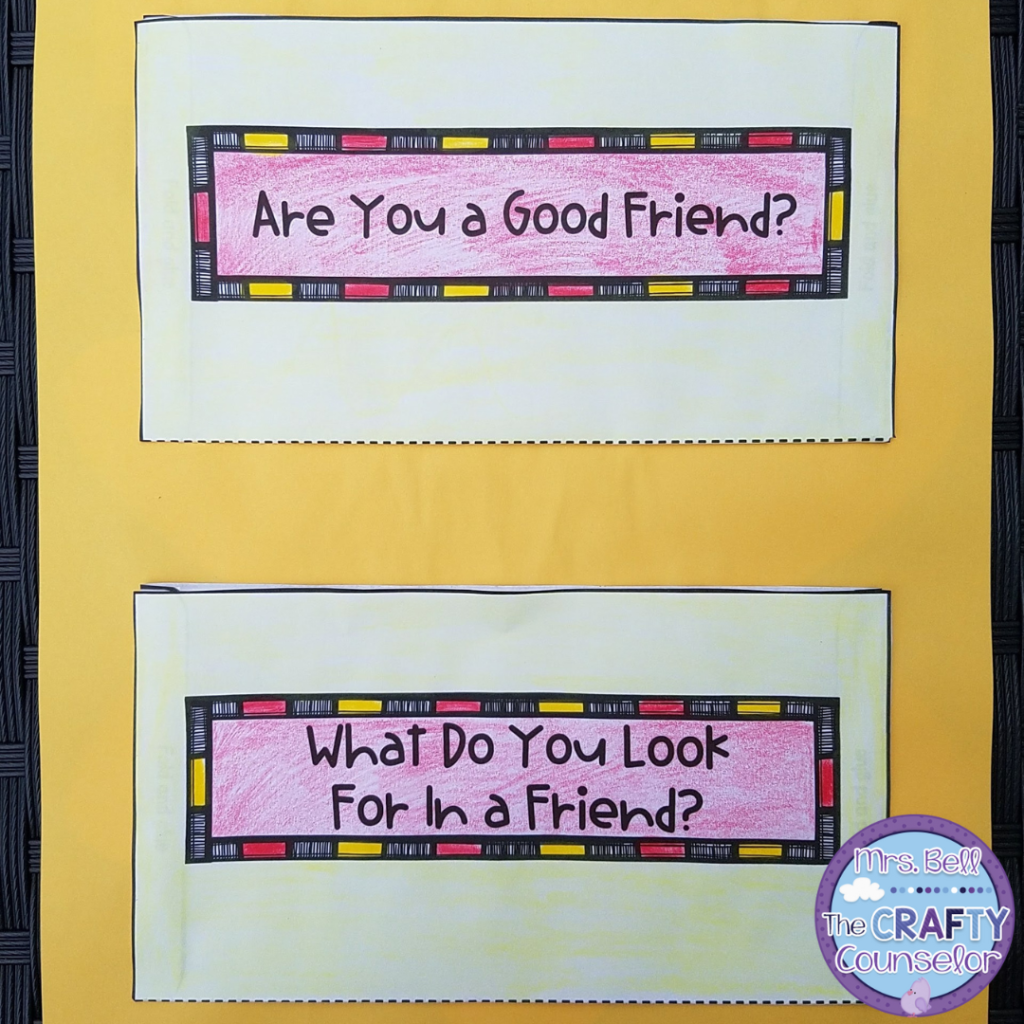
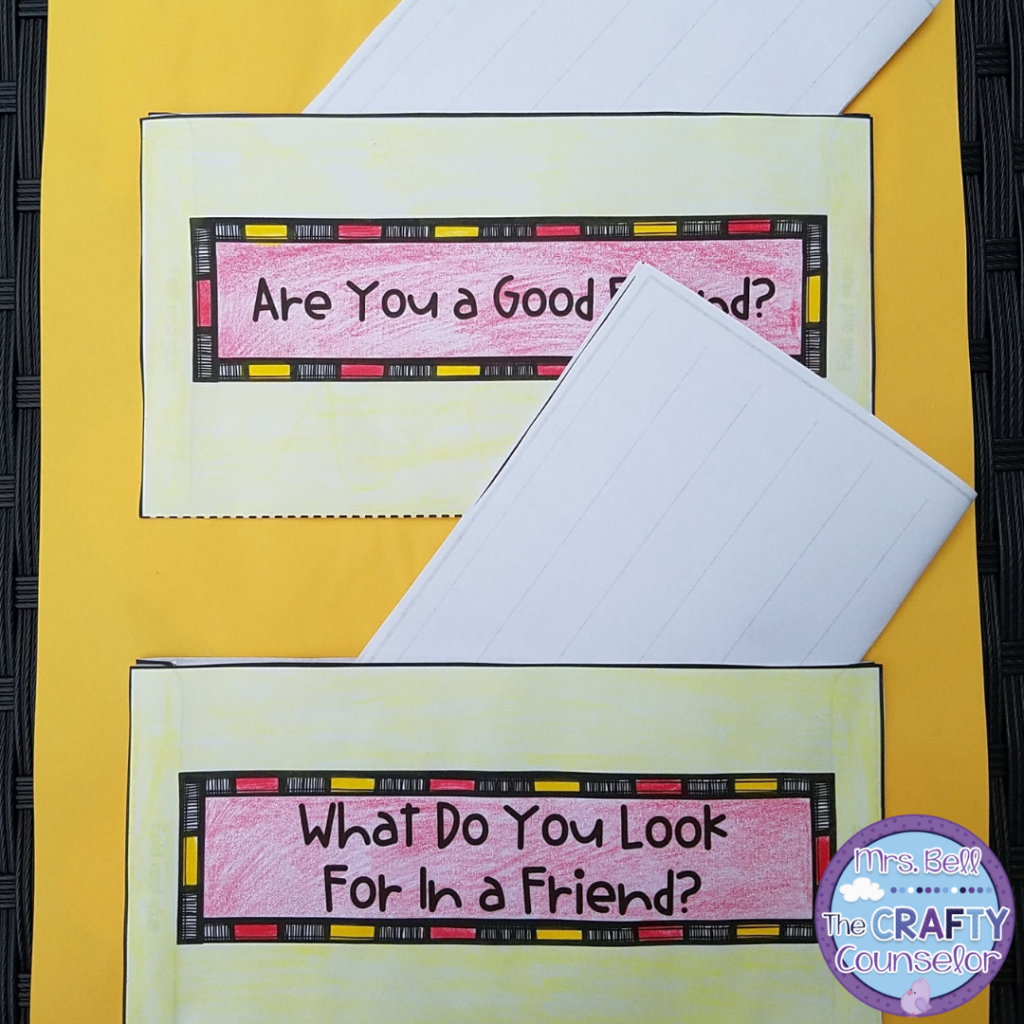
Session Ten – Self-Reflection Recap/Closure Activity
Session ten is all about self-reflection. During this session, we also design the back cover of our book, complete some sort of closure activity, and say goodbyes to the group.
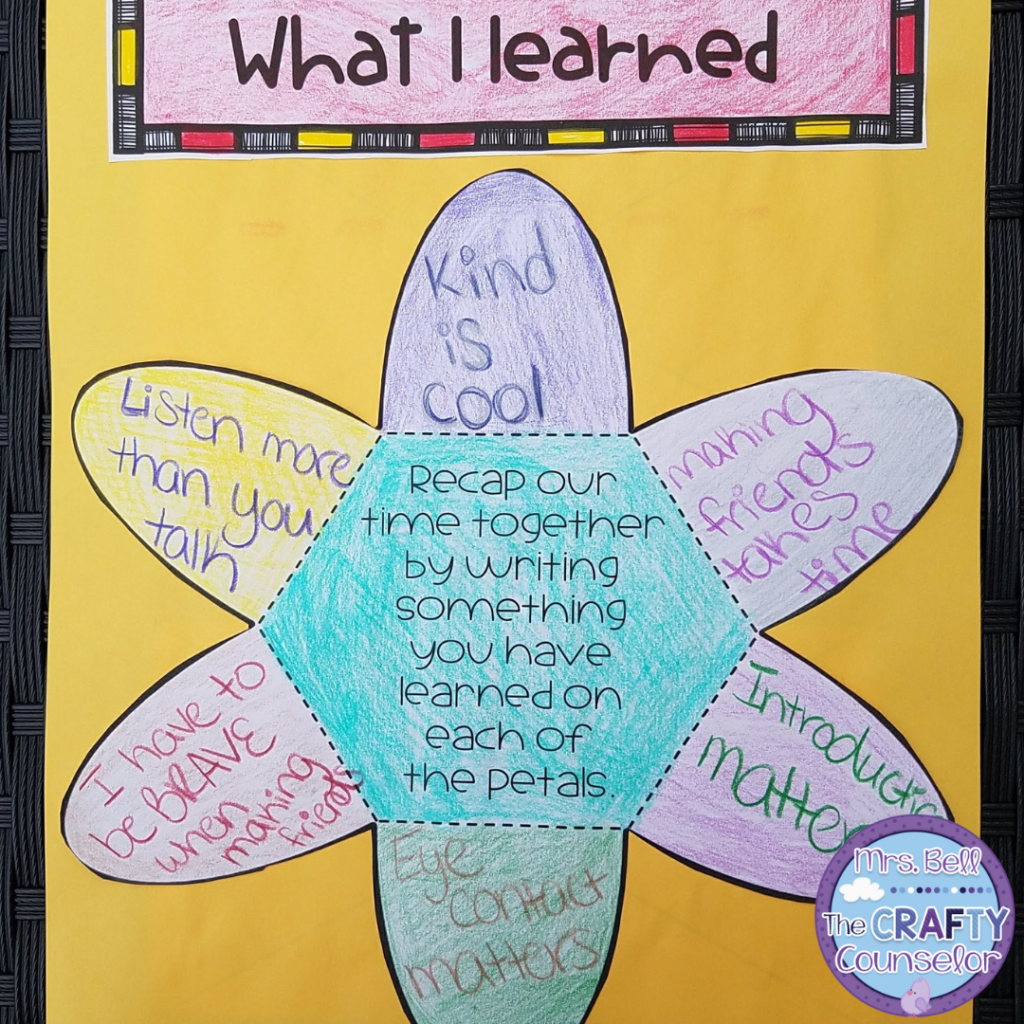
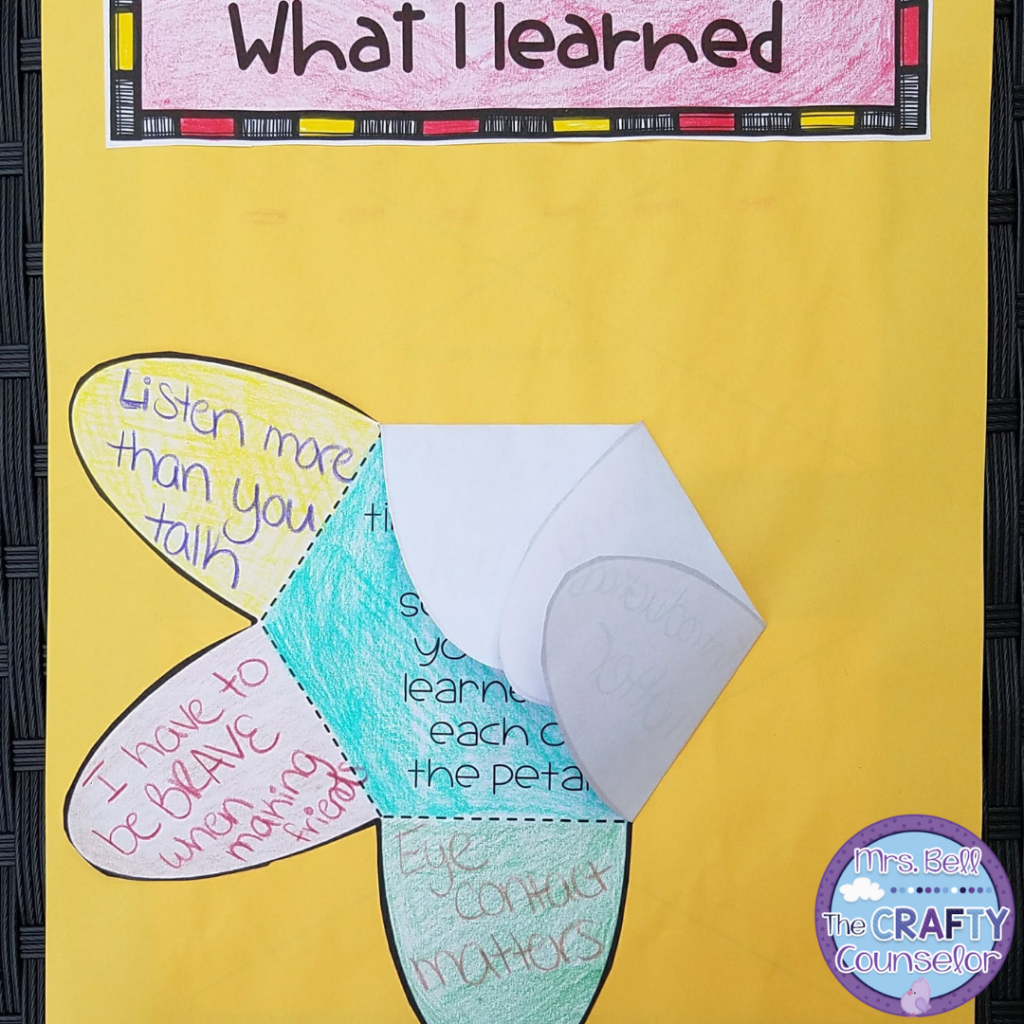
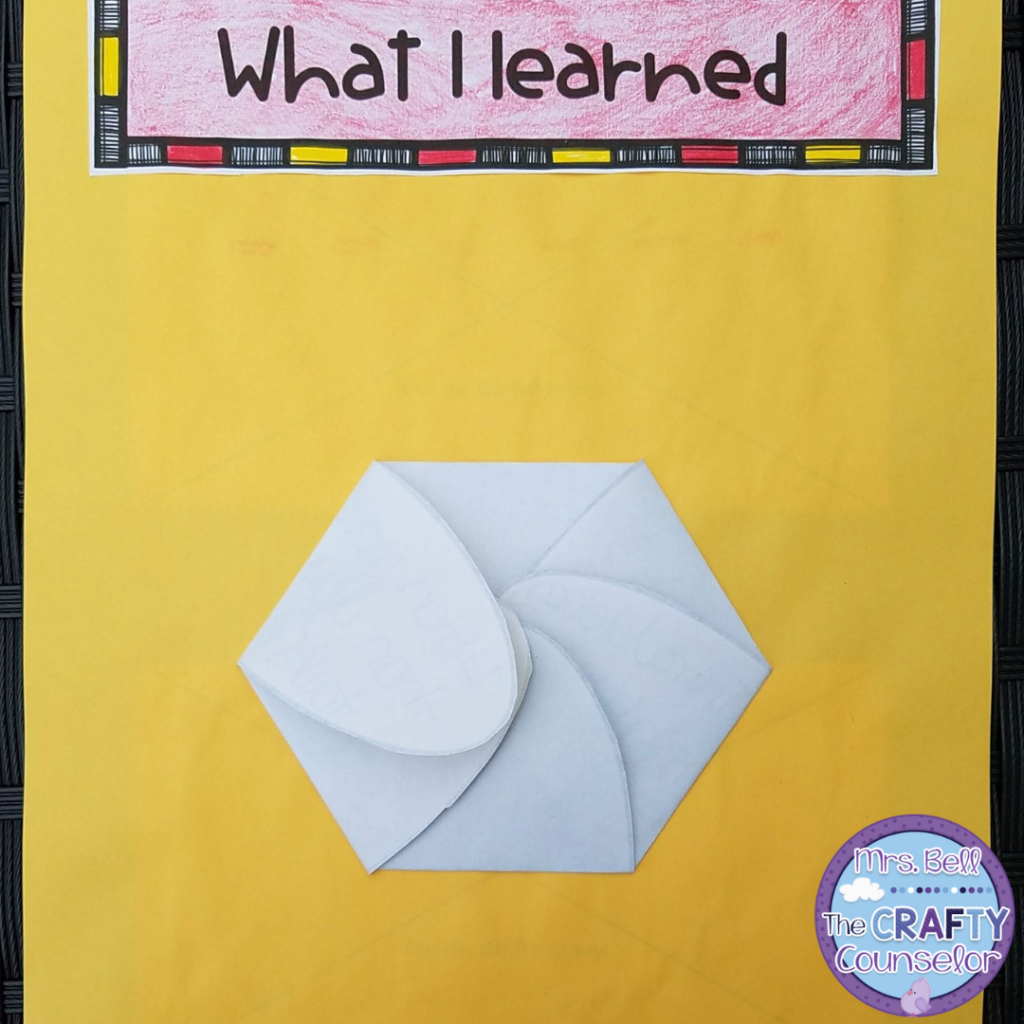
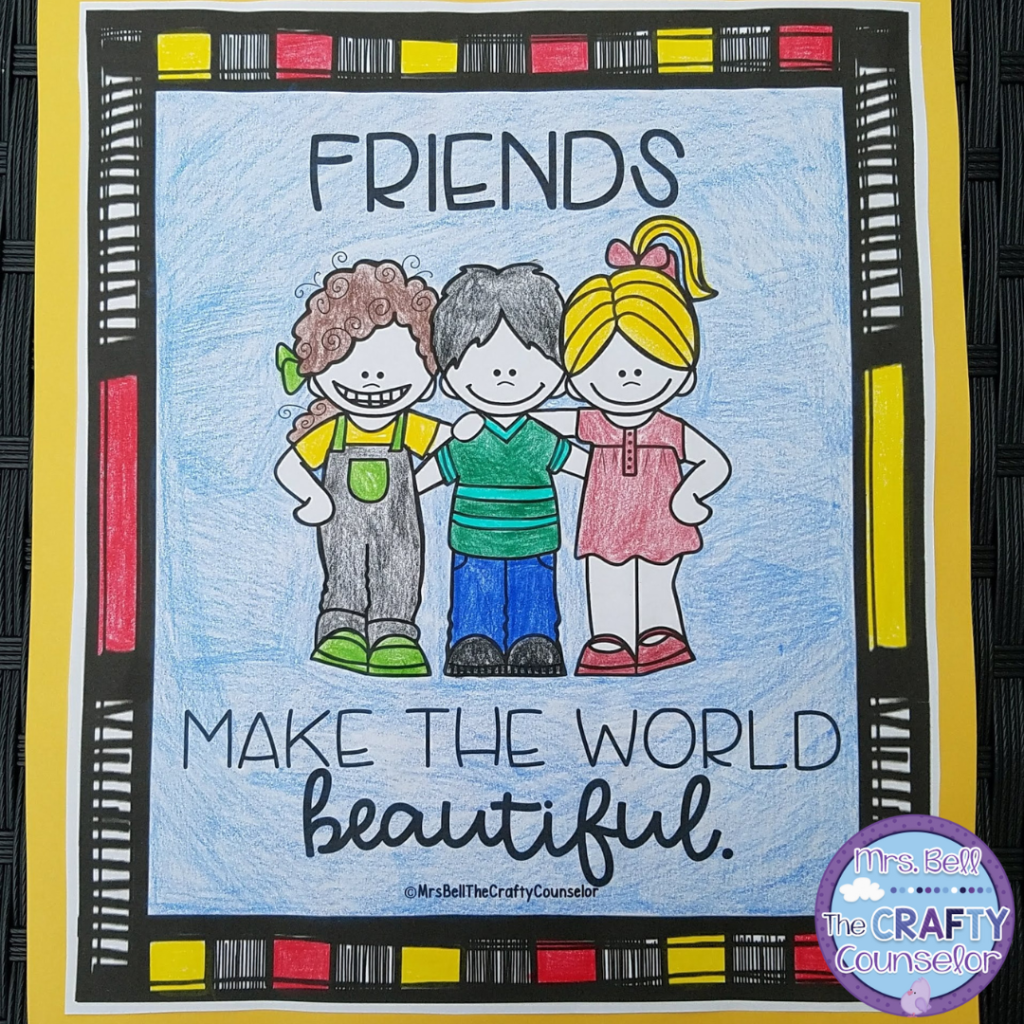
Friendship Skills and SEL Needs
Interactive. Engaging. Effective.
In the end, students will have the skills to go into the world and confidently approach potential new friends. You can find this friendship skills small group activity on TpT or in The Crafty Counselor Store.
If you want to talk more about teaching students friendship skills, reach out to me on my socials or connect with me in The Crafty Counselor Store.
Let’s Connect!
- Join Me on The Blog
- Follow Me on TeachersPayTeachers
- Like My Page on Facebook
- Connect With Me on Instagram
- Pin With Me on Pinterest‘
- Create With Me on Etsy
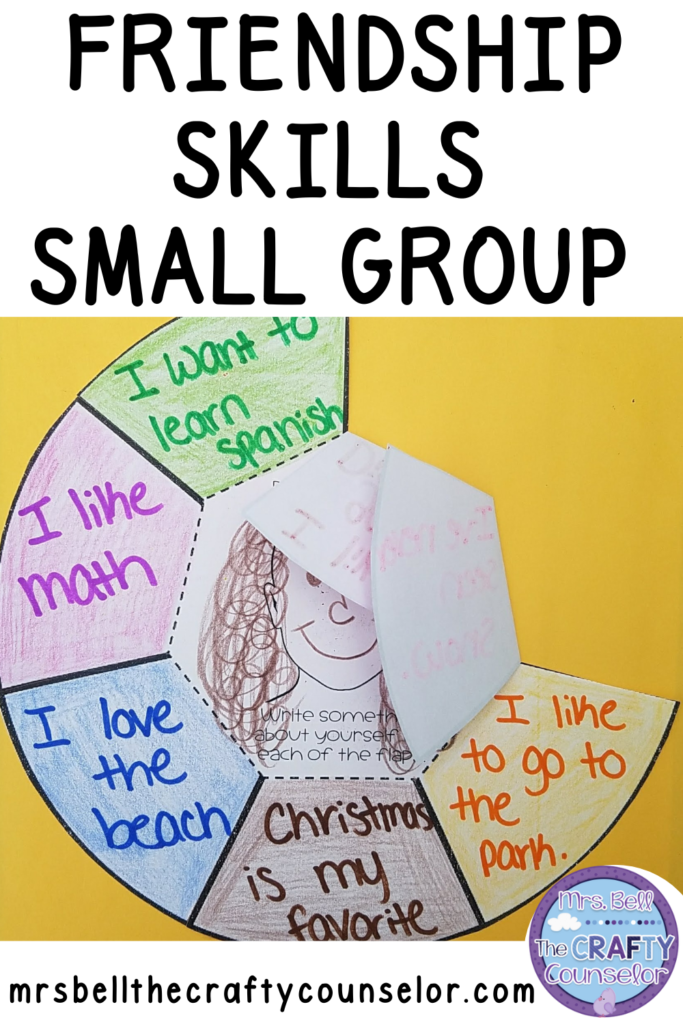
Read more...
Share it...
You might also like...
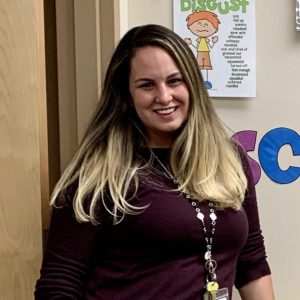
Hi, I'm Ashley!
I am a school counselor who helps educators to change the lives of students with engaging, creative, and meaningful SEL resources.
